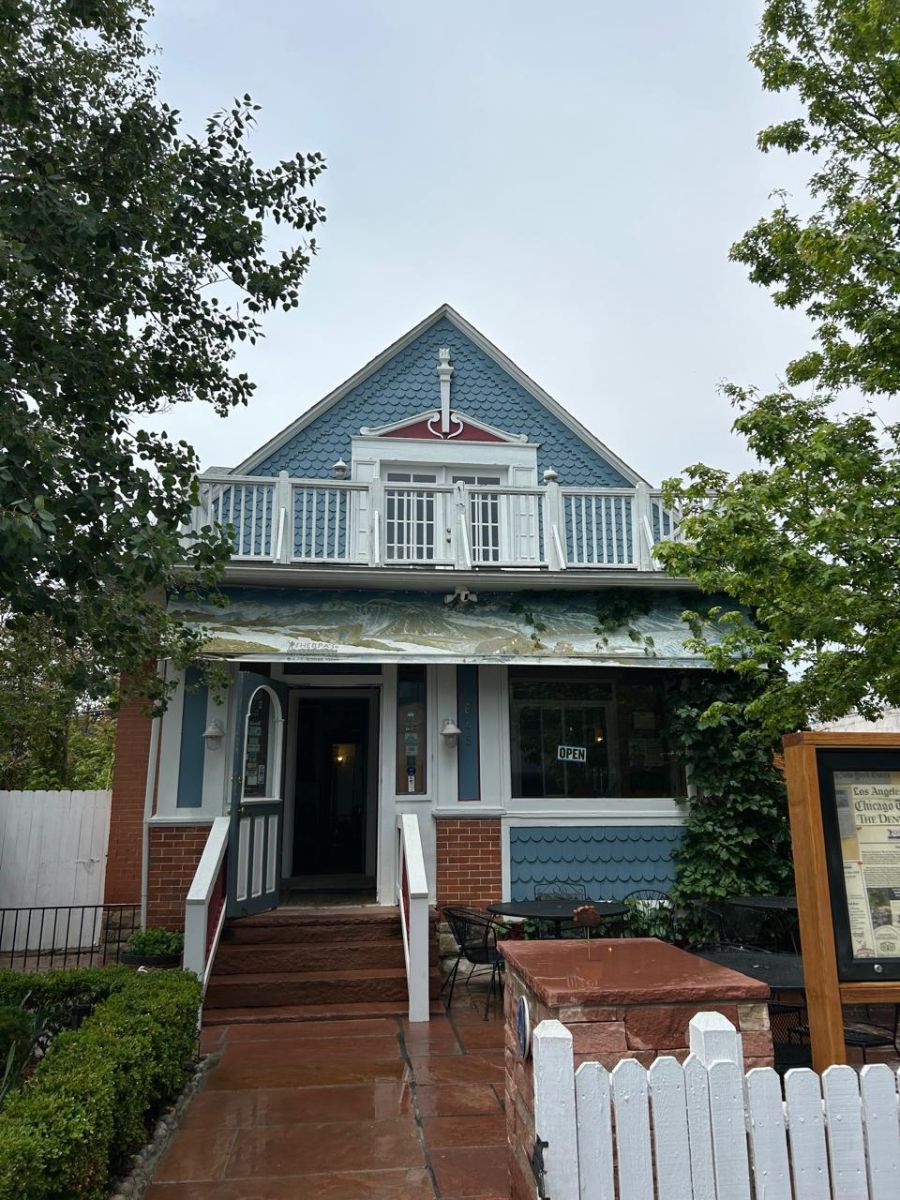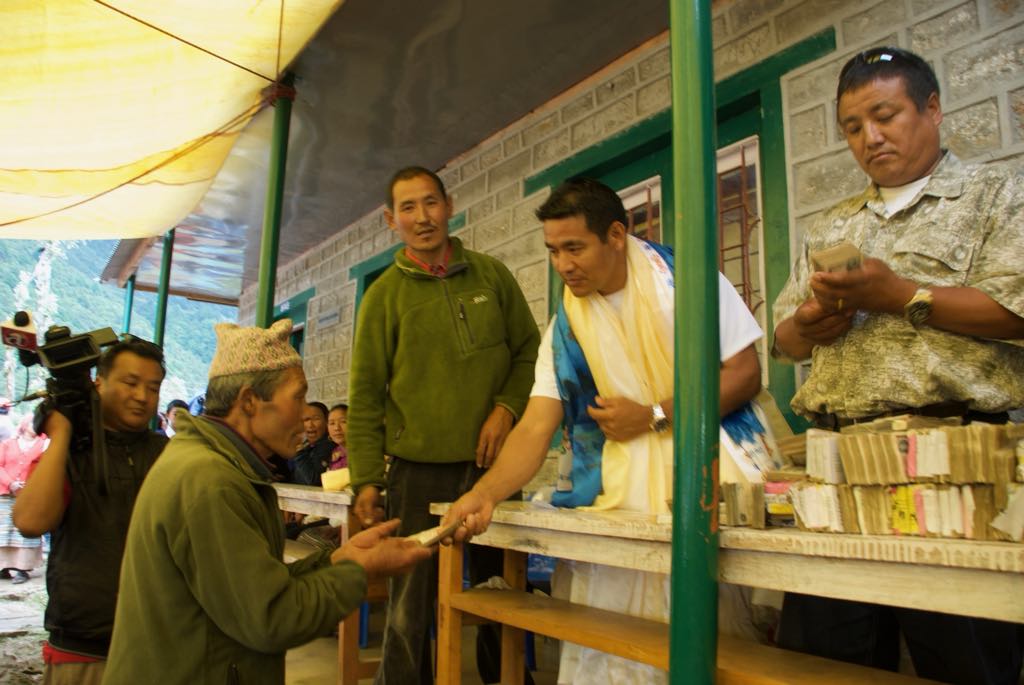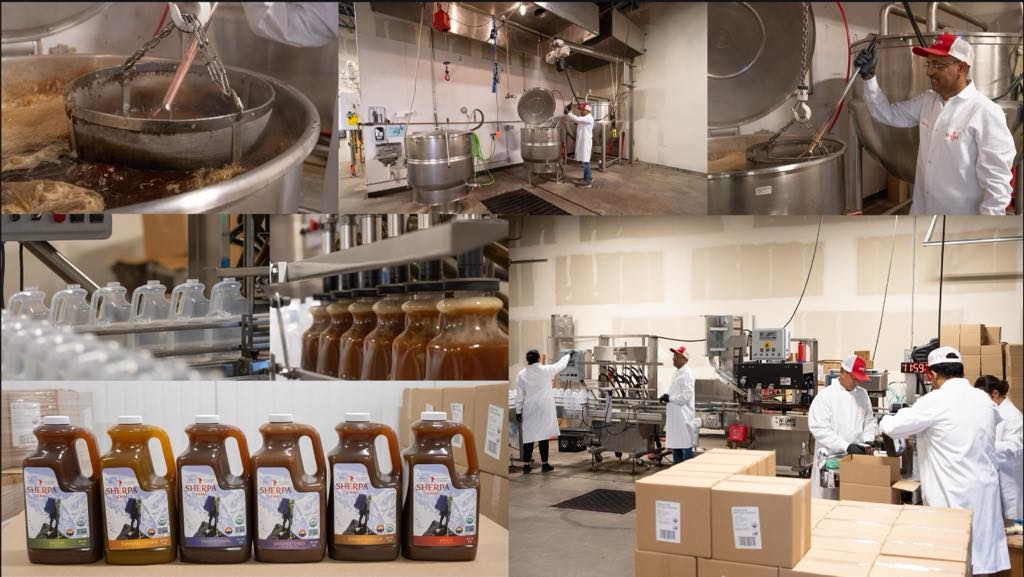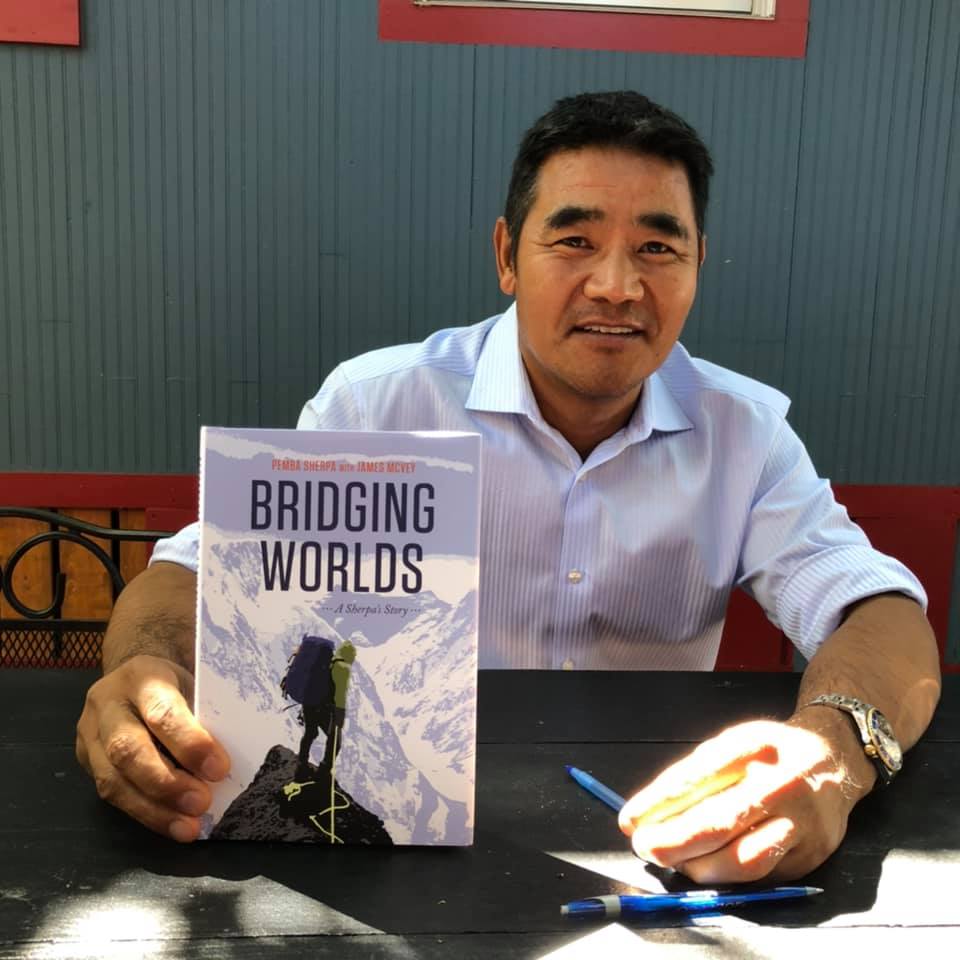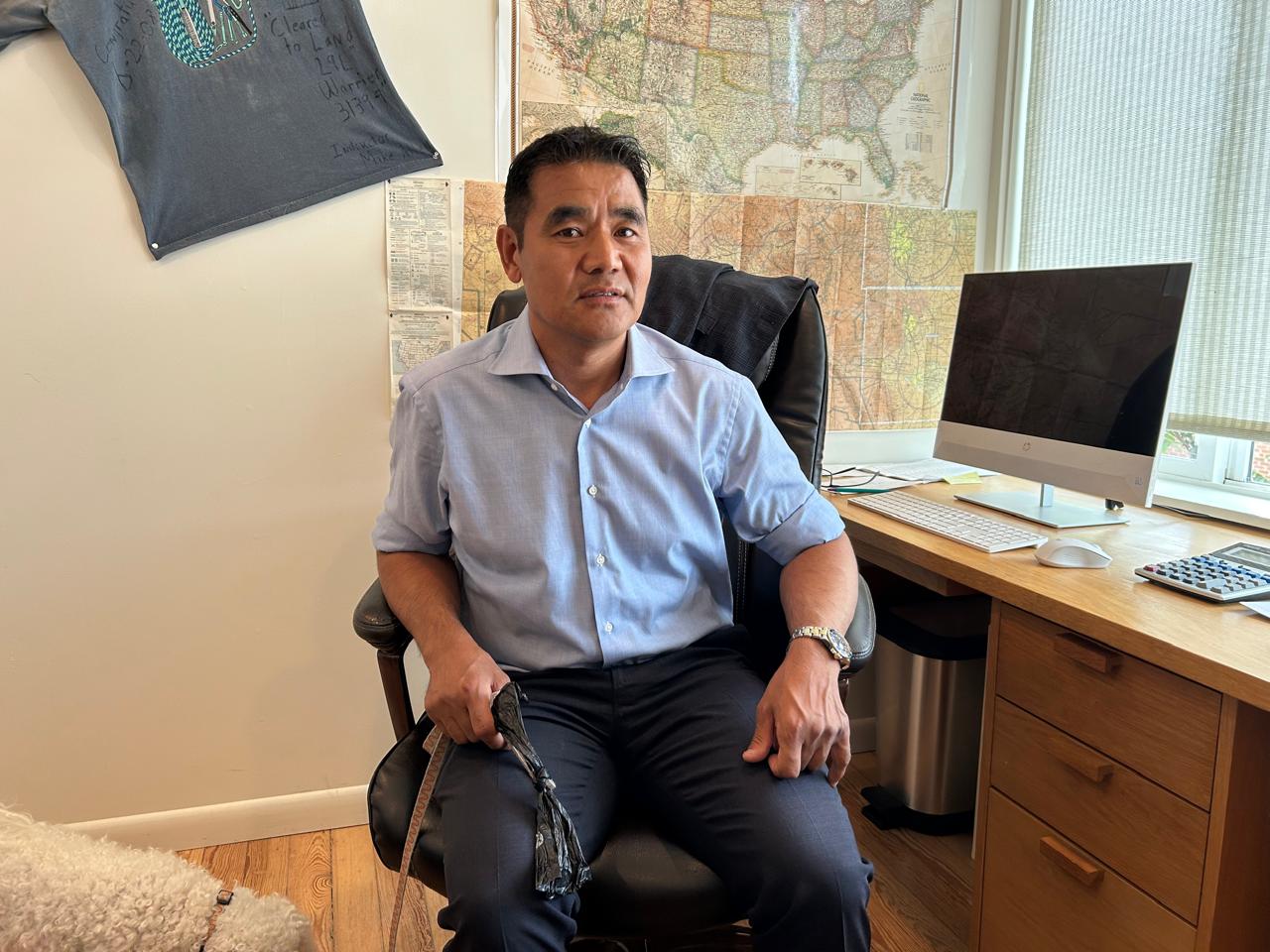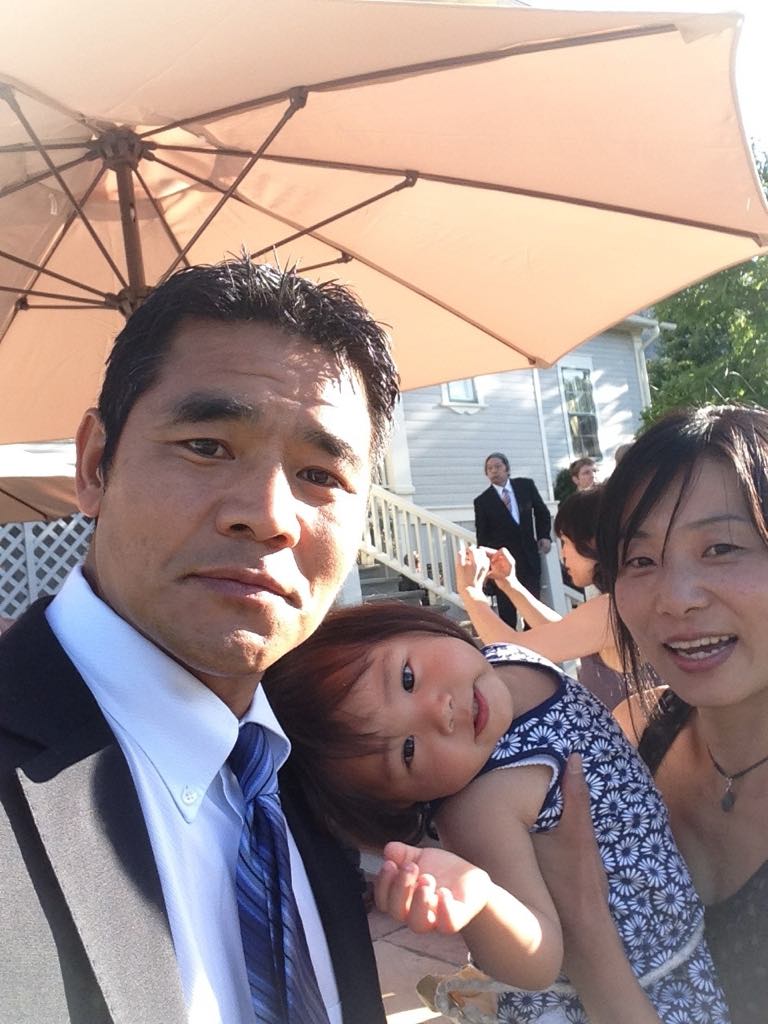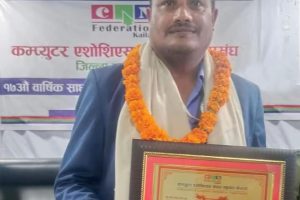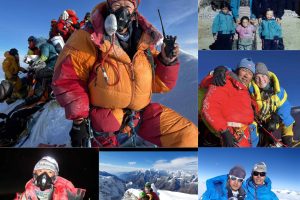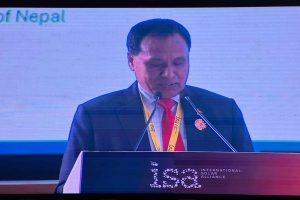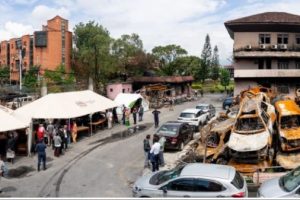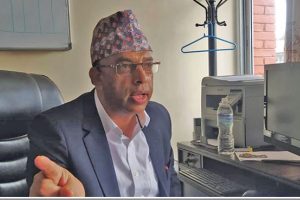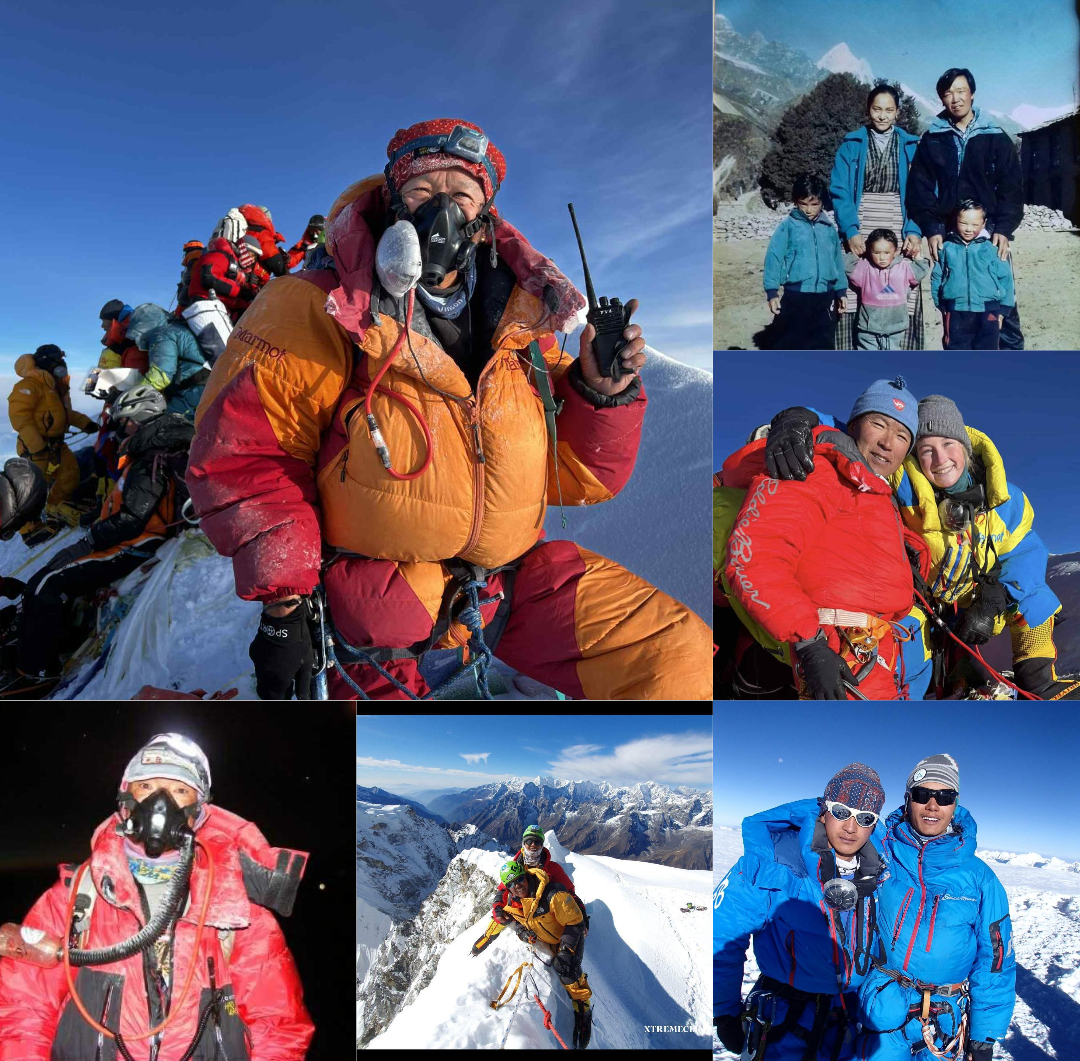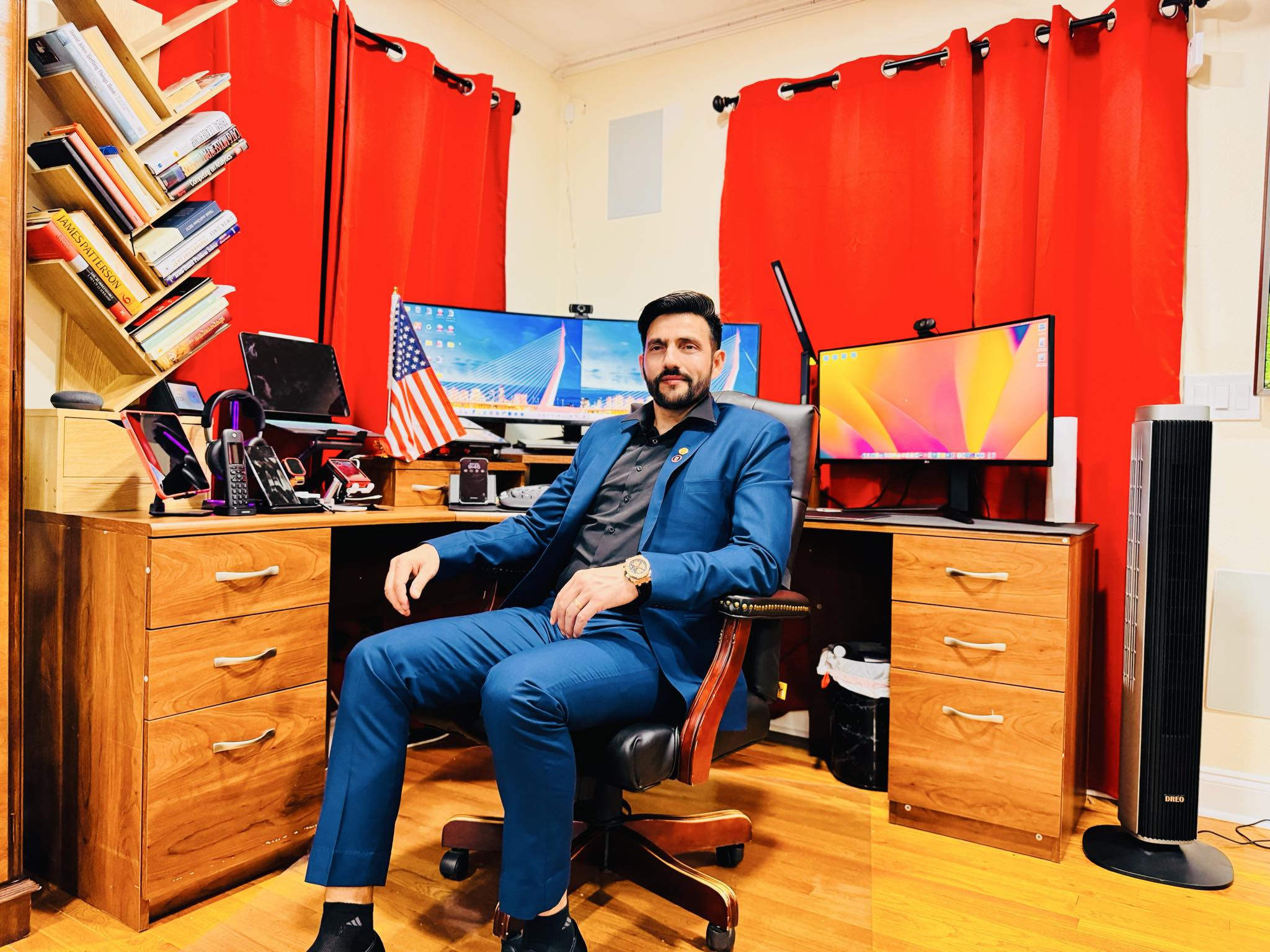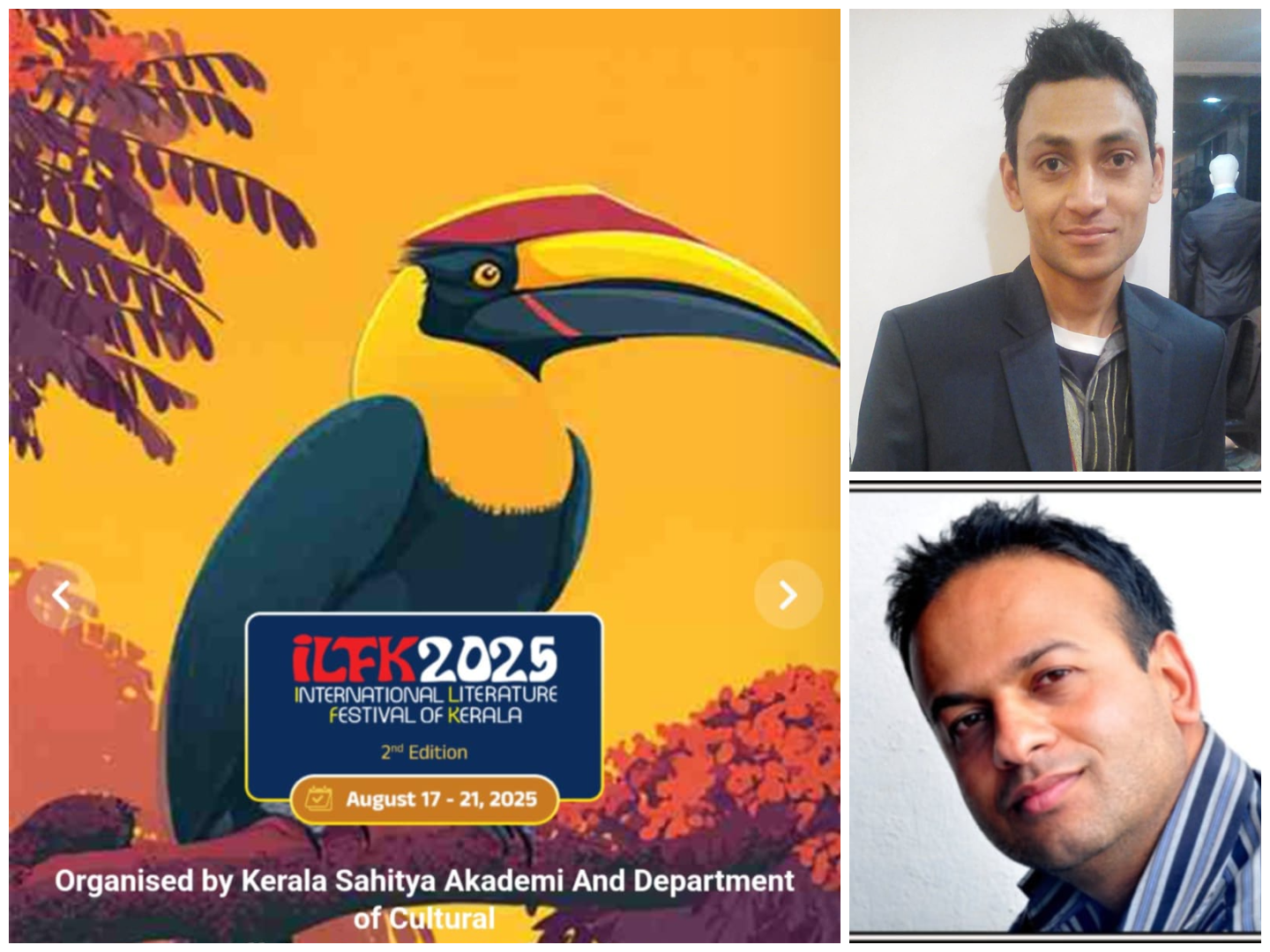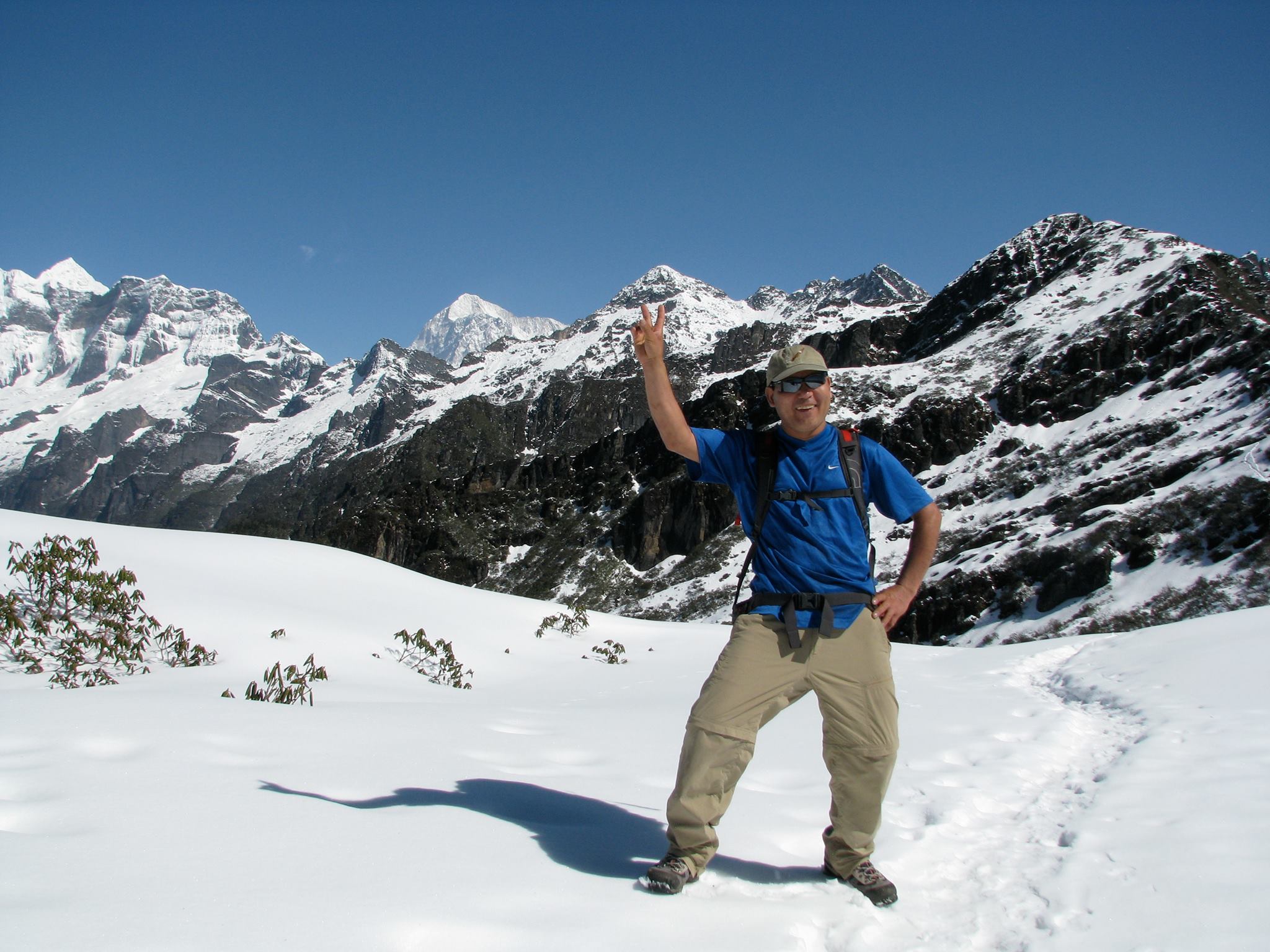Pemba’s Journey Beyond the Peaks
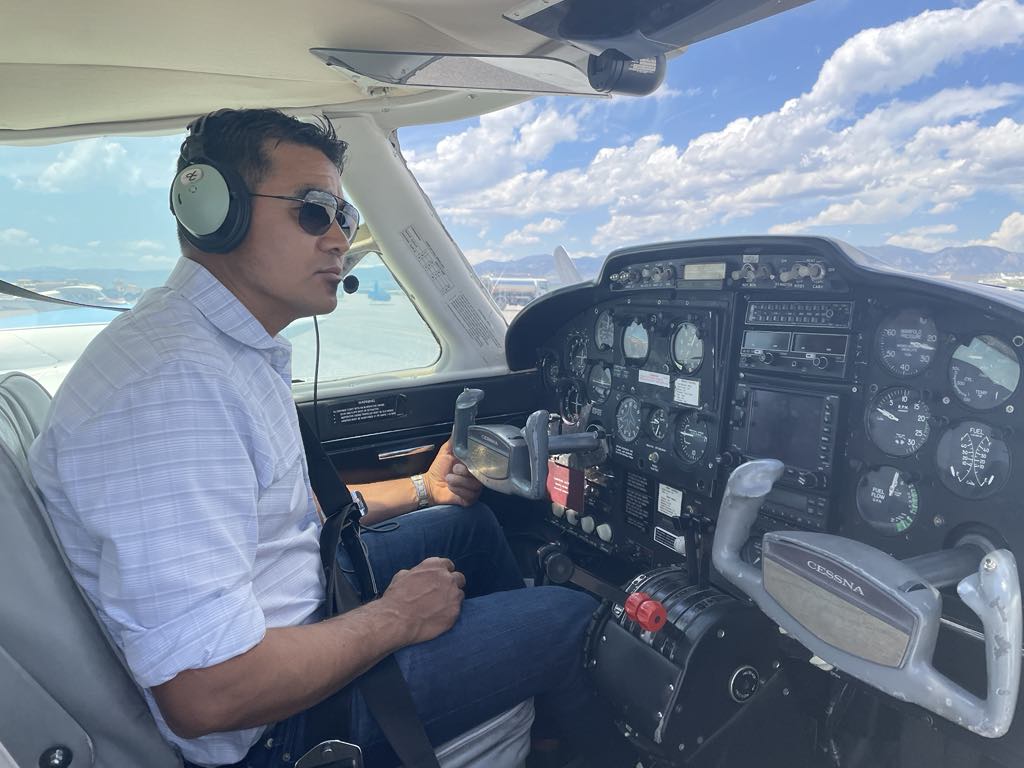
DIRGHA RAJ UPADHYAY- COLORADO
In 1991, Pemba Sherpa flew from Nepal to the United States with only 200 dollars in his pockets. Along with him were two suitcases, a sleeping bag, and a handful of dreams.
Over the next three decades, his rise in business has been nothing short of astonishing, and his contributions to society truly admirable.
It doesn’t matter where a person is born. What truly matters is how meaningful they make their life. Success isn’t measured by how much wealth one accumulates, but by how many lives they transform. This is the important truth. Pemba Sherpa is one of those remarkable individuals.
In the remote village of Syangma, Solukhumbu, where the light of education was a distant dream,and the touch of development had never reached. Life there was simple and harsh, illuminated only by the dim light of oil lamps and accompanied by the quiet flow of mountain streams. Dreams were crushed within the confines of yak sheds. To be born and to die—that seemed to be the only destiny.
Across the Dudh Koshi River from Lukla lies the quiet village of Syangma, where Pemba Sherpa was born. Birthdays weren’t celebrated, and exact dates were rarely remembered. All Pemba knows is that he was born in 1971. He doesn’t know the date or the day. Life in the village was simple and limited. For him, dreams didn’t go far beyond the yak shed and the home. That small world was all he knew.
Pasang Sherpa and Chokpa had five children—four sons and a daughter. Pemba was the second among them. Pasang owned around 20 to 25 yaks, and the family survived on what they grew: potatoes, buckwheat, millet, and wheat.
There was no school in Syangma village. To get an education, one had to walk three hours to a yak pasture where a small school operated. Going to school depended more on the ability to make that journey than on knowing the alphabet—and Pemba could walk. So he began the six-hour round trip every day to attend school. But after completing grade four, he had to give up his studies.
Seeing the tourists who came to climb the Himalayas, he decided to try trekking. He started working as a porter—his first job was carrying a tourist’s load. He earned 60 rupees for carrying a 30-kilo load. It was the most money he had ever seen in his life.
Financial struggles and a lack of awareness about the importance of education marked his early life. In families with many sons, each child was a source of income. As he grew older and understood this, he followed the path of many before him—climbing mountains alongside tourists. He started as a porter, then became a guide, and eventually a mountaineer. For his family, the money he earned mattered more than the pride of summiting Everest. Understanding this, he too left his studies behind and chose the path of the mountains.
For the first time, he traveled to Kathmandu with tourists and then went to Pokhara. Tall buildings, electricity, smooth roads—things he had never seen before. Having never even seen a bicycle in his life, he was amazed by jeeps, cars, and buses. Spending time with tourists, he quickly began to speak broken English and started to understand foreign languages little by little.
While trekking, he became friends with an American tourist. That very friend sponsored him. He was 19 years old when he went to America in 1991. By then, he had already become a skilled guide and had started speaking English well.
The first city he trekked in America was San Francisco. He stayed there for four weeks before moving on to Colorado.
Then began his life of struggle. To survive, he washed cars, worked in a flower nursery, and did retail jobs. He knew no one there—no telephone, no internet, and certainly no network like Nepali communities have today.
He started washing dishes at a restaurant, but soon realized that life couldn’t go on like this forever. Determined to improve his future, he enrolled in English classes and began studying for a General Education Diploma (GED). Even while scrubbing dishes, he would read the notes he had pasted on the wall. At night, he studied alone in his room. He still remembers the nights when he studied until dawn—when the birds began to chirp, only then would he finally go to sleep.
He worked long hours, sometimes surviving on just bread and water. There were days he couldn’t even eat a full meal. He missed home deeply—there was no one to ask how he was doing, no one to understand his hunger or loneliness. He often thought of his mother’s cooking, the warmth of home. In those difficult moments, he’d wonder, “What’s the point of living like this? Maybe I should just go back home.” Emotionally drained and on the verge of giving up, he somehow found the strength to keep going. He gathered himself, steeled his resolve, and pushed forward. With unwavering dedication, he balanced both work and study. Slowly but surely, he completed his schooling.
Driven by a deep desire to continue his education, he enrolled at Metro State University, where he completed his bachelor’s degree. With his growing experience, he collaborated with some of Colorado’s leading trekking and tour companies. Eventually, he took a bold step forward and founded his own company—Sherpa Ascent International.
He began bringing American tourists to Nepal. In the very first year alone, Sherpa brought over two hundred American visitors to the country. And with each passing year, that number continued to grow. Driven by this success and a vision to reach even further, they expanded their operations to Tanzania as well. Before that, Sherpa had established his company in Kathmandu. Within a year, he would travel to Tanzania twice. He also took tourists to Africa, Pakistan, Bhutan, Thailand, and Nepal. European tourists also became connected with his company.
One day, on a Thai Airways flight bound for Kathmandu, 90 percent of the passengers were Pemba Sherpa’s clients. But soon, the Maoist conflict in Nepal began to intensify. American citizens started coming under threat. Pemba says, “Nepal’s tourism was devastated by the Maoist insurgency.” He was forced to shut down his Kathmandu office. Hundreds of employees were left unemployed.
Sixty percent of his business was based in Nepal. Four times a year, without fail, he would bring eager tourists to experience the beauty of his homeland. After landing in Kathmandu, he would personally guide them all the way to Solu. But then, everything changed. The flow of visitors slowed, then stopped—until there were none left at all. He never even imagined that such a situation would come to pass.
After the events of September 11, American tourists quickly declined due to safety concerns. After that, the tourism business was struck so hard that it never recovered.
Sometimes, one failure opens the door to many paths of success. As the tourism business continued to decline, he turned his attention to real estate. During that time, he invested in houses and land in many places. After a while, the value of houses and land skyrocketed. The price of a single house reached up to 10 million. Overnight, he became a millionaire. Today, he owns 12 homes in Boulder, Colorado—one of the most expensive places in the area.
In 2001, he launched Sherpa Adventure and Restaurant in Boulder. Its flavorful dishes soon made it the favorite spot for locals. In the evenings, the restaurant fills with a lively crowd eager to enjoy everything from authentic Sherpa cuisine to diverse international meals.
The restaurant provides jobs for 15 people. Across all the businesses run by Pemba, more than 40 Nepali employees are working.
He faced hardship in life and weathered many ups and downs in business. Yet, no matter how tough the circumstances, he never stopped dreaming. He never stopped working hard. Even the greatest creature to ever walk the Earth—the dinosaur—couldn’t stand tough times and vanished. But he kept standing strong.
He wanted to return and do business in Nepal. His dream was to start an air service with three or four airplanes. To prepare for this, he joined an aviation school and, in 2006, completed a commercial flight course at Journey Aviation School. But when Nepal’s political situation worsened, he became disheartened and gave up on that dream.
In 2008, he bought a four-seat aircraft (Piper Arrow). He pilots the plane himself and has even flown it all the way to Guatemala.
“This heart of mine is truly Nepali.”
No matter where he is, Pemba’s heart still belongs to Syangma. As a child, he would cross the wooden suspension bridge over the Dudh Koshi River, traveling back and forth between Syangma and Lukla. During the rainy season, the river would often sweep the bridge away, cutting off all passage until the waters receded. He lived through that hardship.
With the first $20,000 he earned in America, in 1996, he built a new suspension bridge over the Dudh Koshi—giving back to the place that shaped him.
When he heard that the earthquake had damaged his village, he couldn’t sit still. Carrying relief supplies and cash, he rushed from America to his birthplace. In their time of need, he stood beside them, saying, “This heart of mine is truly Nepali.” After the quake, he brought $70,000 worth of relief supplies to the village and distributed 11 million rupees in cash.
Some families received up to five lakh rupees in cash. He also supported the rebuilding of a school destroyed by the earthquake. Many Nepalis have earned money in America—but few hold such deep love for their country and birthplace. His heart aches when his nation suffers.
His mantra is simple: “May I have enough to eat and enough to share.” With this humble wish, he’s always ready to support those in need. Though far from home, his heart stays deeply connected to his country, full of love and generosity. That’s who he truly is.
His village, Syangma, once lived in darkness, relying on flickering oil lamps and candles. He invested $55,000 to build a hydropower project, bringing light that made the entire village shine.
He is on a mission to introduce the Sherpa community to the world. In his autobiography, titled “Bridging Worlds,” he reveals the deep connection between the Sherpas and the mountains, shedding light on their rich history. Among 2,200 books in America, his book was chosen as an outstanding work, winning both the Eric Hoffer Award and the Colorado Book Award. His upcoming edition is set to be published by the renowned Pegasus Publications in the UK.
The Story of Sherpa Chai Spreading Across America
Pemba often traveled by plane for his business. Onboard, Wall Street Journal was always provided, and he read it from cover to cover. On one trip, he came across the story of the owner of Starbucks—and he was deeply inspired. An idea sparked in his mind. He thought, “In Nepal, it’s a tradition to welcome guests with tea. Some foreigners have become millionaires selling tea—why can’t I do the same?”
He stepped into his restaurant’s kitchen and brewed some tea. Tasting it, he realized how much he loved tea—it was part of his daily life. Every morning started with a cup of tea made by his mother. That day, after experimenting with tea, he made a decision: “I will share the tea I drink with the whole world.”
He studied the tea market carefully. To start a tea business, he needed a license, and to get that, he had to study the subject in depth. So, he sent two Americans to study it. With determination, he named his brand—Sherpa Chai—and brought his dream to life.
He sent his first batch of tea to just two coffee shops. The response was great. Encouraged, he placed Sherpa Chai in more stores and received positive feedback from everywhere. His excitement grew with every cup shared.
In its first year, Sherpa Chai’s sales were modest. But in the second year, it made $67,000 in sales. Last year, Sherpa Tea’s business reached $2.7 million, and this year, it’s expected to surpass $4 million. Next year, Sherpa expects sales to reach $6 million, and with increased production, he believes the business will soon leap even higher. His goal is to grow Sherpa Tea’s annual sales to $50 million within a few years. Today, Sherpa Chai is worth $40 million—a remarkable journey from just a few million dollars.
Currently, Sherpa Chai produces 600 gallons of tea daily. Plans are already underway to triple this capacity to 1,800 gallons soon. What began with just one flavor now offers seven distinct flavors in the market.
Sherpa Chai is now sold in 515 Whole Foods stores across 50 states. It is also available in over 200 of Kroger’s 2,700 stores nationwide. In total, Sherpa Chai can be found in nearly 3,000 stores across the U.S. His goal for the coming year is to expand that reach to 10,000 stores.
A decade ago, Sherpa Chai production began in a simple pot at the Sherpa Restaurant in Boulder. Today, that humble beginning has grown into a full-scale production facility spread across 7,200 square feet in Louisville.
Dilli Koirala is the head of production at Sherpa Chai. He once worked at Pemba Sherpa’s trekking office in Nepal, and after it closed, he moved to the U.S. two decades ago. While working at the Sherpa Restaurant, Koirala left his job to study microbiology specifically for running Sherpa Chai. Today, he leads the production of Sherpa Chai with dedication.
Previously, three Nepalis had run Himalayan Dog Chew, a dog food company in the U.S.—once considered the largest Nepali-run business there. But now, tea has emerged as one of the fastest-growing products in the American market, and Sherpa Chai is making its mark in this booming industry.
Every month, he purchases $30,000 worth of Nepali tea leaves. Every two months, 200 sacks of tea leaves arrive in Louisville from Phidim. Nepali tea is more expensive than most others, but he insists on buying it. “I want it to be in Nepali hands,” he says—choosing quality and loyalty over cost.
His entire company’s net worth places him within the top 1% in America. In the U.S., a net worth of over $50 million ranks within this top 1%.
His progress is truly impressive. His success inspires not just Nepalis but everyone. Nepalis look up to him and dare to dream bigger. His journey teaches us all that where you’re born doesn’t define your destiny—what matters is relentless struggle and tireless hard work to achieve success.
He feels a deep sadness seeing how Nepalis remain caught in the web of community, caste, and class divisions. He believes that as long as people are held captive by these old mindsets, their hearts remain closed—they cannot truly learn, nor can they rise and progress. For him, breaking free from these chains is the first step toward hope and a brighter future.


